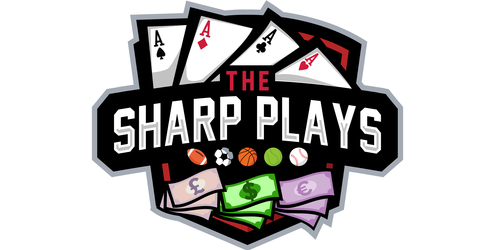
A Crucial Lesson in Why the House Always Wins (Even When It Doesn’t)
Originally published in TSP Daily Briefing on October 17 & 18, 2021 — now preserved here for long-term reference.
📈 High-Level Book Needs: The Reliable Performer
Since launching Book Needs content over the summer, we’ve seen High Level Book Needs perform well — as they have consistently over the past five years.
But lately, we’ve had a teachable moment…
➡️ While High Level Book Needs continue delivering, Low Level and Non-Qualifying Book Needs (ratings of 79 and below) have gone -17.8 units as of 10/18/21.
You might be asking…
“How the hell is the book making money if these Book Needs are losing?”
Great question. The answer lies in one little word:
💰 The Power of Vig
Let’s run the numbers.
Using Book Needs with ratings between 35–79 (non-qualifying and low value), we saw:
- 231 “wins” for the Book → i.e., 231 player losses
- 278 Book Need losses → i.e., 278 player wins
Assuming standard -110 pricing:
- The book collected 23.1 units in vig on player losses (231 × 0.10 = 23.1)
- The book avoided paying 27.8 units in vig on the 278 player wins
📊 Total swing in the book’s favor: +50.9 units
That’s right — despite the Book Needs showing -17.8 units for a bettor blindly following them, the book is up over 50 units in the exact same market.
That’s the vig advantage in action — and it’s a major eye-opener for anyone trying to model their betting strategy around public or Book Need fades.
🚫 Why Fading the Public (or Anyone Else) Doesn’t Work Blindly
Let’s say the public goes 0-5 tonight.
- They lose 5.5 units
- You fade and go 5-0, +5 units
Tomorrow the public bounces back and goes 5-0.
- They’re +5 units
- You fade again and go 0-5, -5.5 units
📉 Cumulative result:
- Public: Net 0
- Book: +0.5 units
- You (the fader): -0.5 units
This is why the book wins even when going 5-5. That juice adds up fast.
Widen the sample size to hundreds of bets, and suddenly you have books raking in huge profit margins, while the fader barely breaks even — or more likely, loses.
It’s death by a thousand hooks.
🔍 So Should We Ignore Book Needs & Public Data?
Absolutely not.
Blind fading = bad.
Strategic interpretation = gold.
Knowing what the public is betting and what the book needs helps us understand value positioning in the market.
Example:
If the public is heavy on Team A -5, and:
- The line is moving toward Team A → Value is likely evaporating (or negative)
- The line is NOT moving → Could indicate sharp resistance or neutral value
- The line is moving away from Team A → Possibly sharp activity on Team B
🧠 The key isn’t to fade Team A blindly — it’s to understand that Team A likely offers no value at this price.
That doesn’t automatically make Team B a value play, but it does tell you Team A is probably a pass unless new information presents otherwise.
📊 Book Needs Are About Context, Not Absolutes
A Book Need at 78 might not mean much. A High Level Book Need in the 90s? Entirely different story. Same applies to reading public betting patterns.
When you combine these tools with other angles — sharp money, LJP Scores, line movement, in-play behavior — you’re not just betting…
You’re making informed trading decisions.
🧠 Summary: Key Takeaways
- 📉 Low/Non-Qualifying Book Needs may look bad for bettors, but the book makes money anyway — thanks to the vig
- ⚖️ Blindly fading the public or Book Needs will NOT beat the book long-term
- 🔍 Public and Book Needs data help identify value voids — areas where price has been inflated or distorted
- ✅ Use Book Needs selectively, focusing on High Level ratings and situational sharp convergence
- 🧠 Never forget — the book’s edge isn’t just their model… it’s the vig
🎯 Final Word
If you’ve ever thought,
“Man, the book must be getting killed on this side!”
Now you know… they aren’t.
Thanks to the power of vig, the house always wins — even when it looks like they’re losing.
So don’t just follow Book Needs blindly. Use them as a lens for evaluating value in the market.
That’s where the real edge lies.
Good luck in your action!
~ TSP
